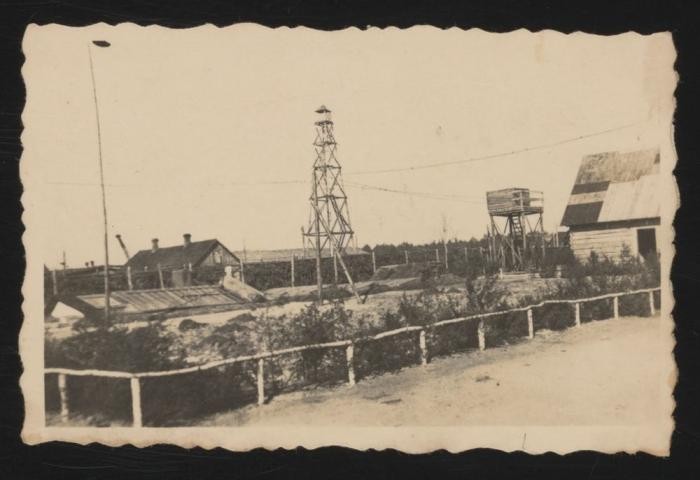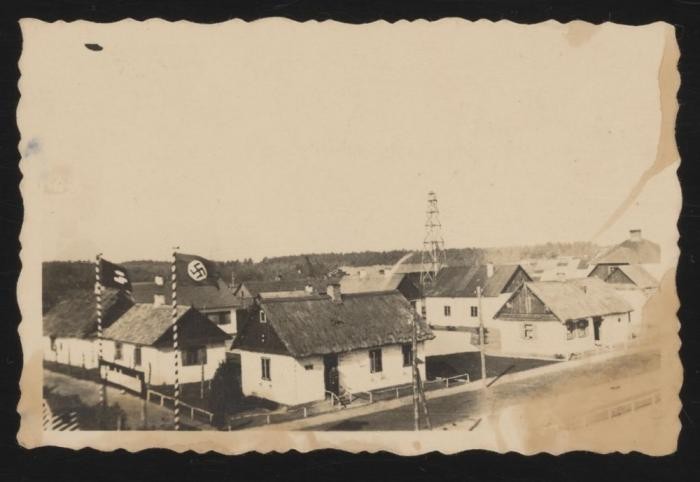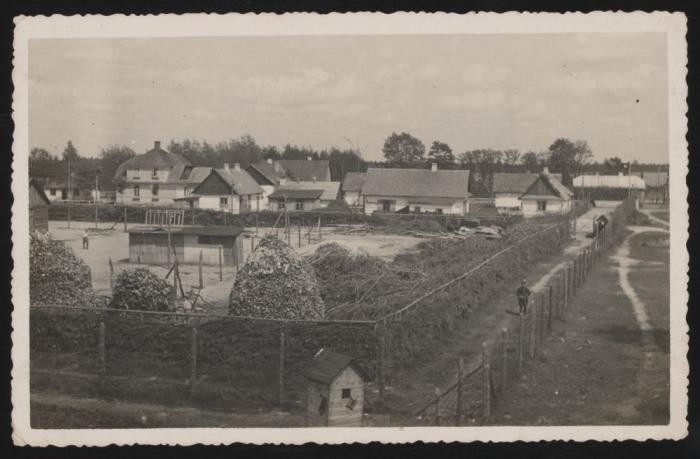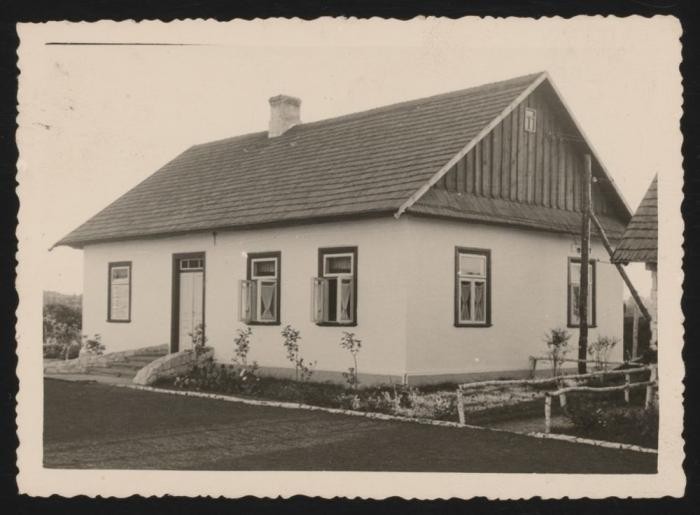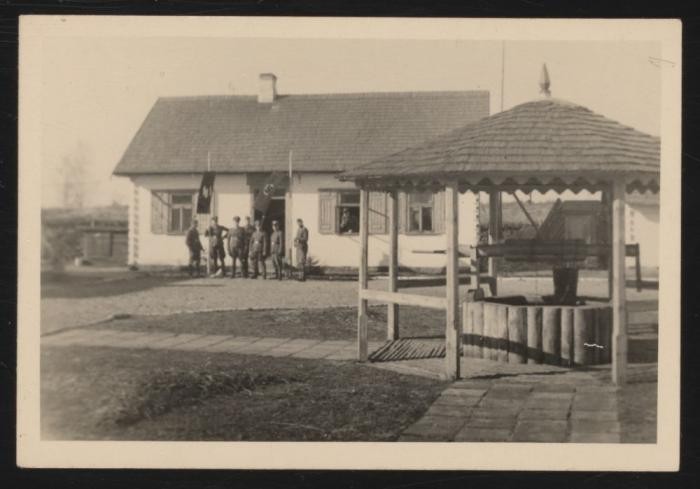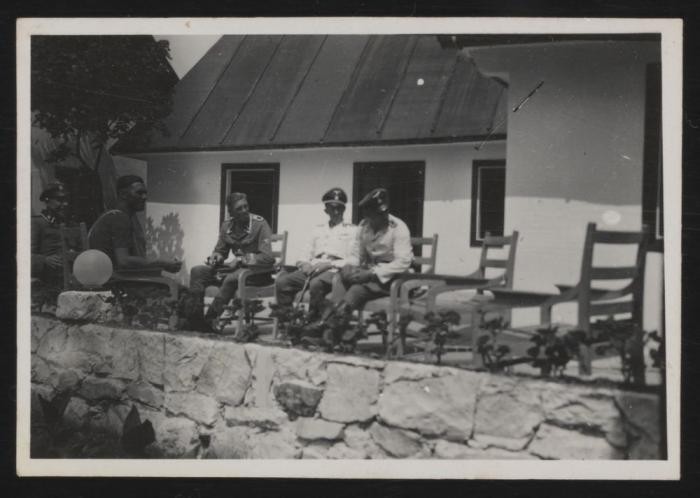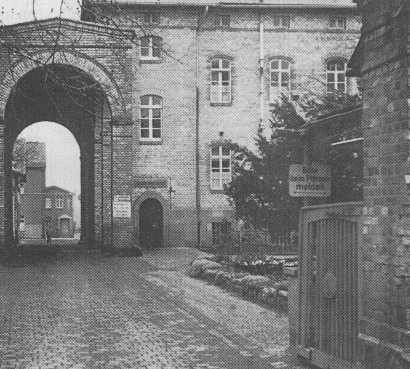
Bernburg T4 Facility
Bernburg was the fifth of six centralized killing centers established by German authorities within the context of the Nazi “euthanasia,” or T4, program.
Establishing the Killing Center at Bernburg
The Landes-Heil- und Pflegeanstalt Bernburg (Bernburg State Sanatorium and Care Facility) was located in Bernburg on the Saale near the German city of Magdeburg. The site was chosen as a replacement for the euthanasia installation at Brandenburg, which had become a liability for the T4 operation. In October 1940, T4 operatives began to convert the Bernburg facility into a killing center. With Brandenburg’s closure, most of the euthanasia staff, including its medical director Dr. Irmfried Eberl and his deputy Dr. Heinrich Bunke, transferred to Bernburg.
Bernburg was the only facility in which the institution’s original patients remained in close proximity to the killing complex. Personnel at other established T4 sites usually murdered these patients when the gassing installation opened or transferred them to other institutions. But the T4 organization had confiscated only a segment of the facility’s wards at Bernburg for the euthanasia action. The most impaired patients were murdered soon after the institution’s gas chambers became operational. However, individuals with a good prognosis for recovery remained at the complex. These patients were housed in a section that was renamed the Anhalt Neurological Clinic and Sanatorium Bernburg. They fell under the authority of the facility’s former director, Dr. Willi Enke. T4 physician Irmfried Eberl headed the Bernburg gassing installation.
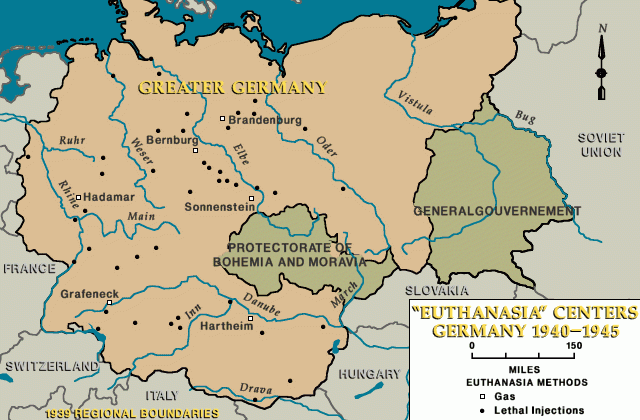
Bernburg Operations
As Bernburg’s medical director, Eberl’s chief tasks were to carry out the gassing of patients and to falsify victims’ death certificates. Like most euthanasia physicians and bureaucrats, Eberl signed all potentially incriminating documents with a “cover name.” Eberl’s pseudonym was “Dr. Schneider,” while his deputy, Bunke, signed himself “Dr. Keller.” Under Eberl’s direction stood approximately 40-50 personnel. These included male and female nurses, transport personnel, administrative staff, and police and security officials. Also on staff were the so-called Brenner (“burners” or “stokers”) who were responsible for cremating victims’ corpses.
The systematic gassing of disabled patients began at Bernburg on November 21, 1940. From this date until the “euthanasia” pause in August 1941, it is estimated that 9,000 victims were murdered at the facility. Upon arrival, nursing staff led patients into a basement area in the men’s pavilion. There, the victims undressed and were divided by gender. After a brief examination by one of the physicians, who noted a plausible fictive cause of death for each death certificate, the patients were led to the gas chamber. The gassing physician then introduced chemically produced carbon monoxide gas into the gas chamber. He observed the killing through a small window in the gas chamber door. After ensuring that the patients were dead, he summoned the stokers. The stokers then removed the victims’ dental gold and cremated their bodies in adjacent crematory ovens.
Transports to "Intermediate Facilities"
By the time Bernburg commenced gassing operations, the T4 organization had begun to employ a number of facilities they called Zwischenanstalten (“intermediate facilities”) in order to ensure improved secrecy and efficiency. Beginning in the autumn of 1940, transports no longer traveled directly from home institutions to their deadly destinations. They instead traveled to a number of strategically located intermediate institutions. Patients remained at these sites for a number of weeks before their transfer to the killing centers. The facilities were intended to reduce instances of mistaken diagnoses and cull out war veterans and other patients exempted from the murder program. They also ensured a consistent flow of victims to the killing centers so that the gas chambers could be used to full capacity. Most importantly, by operating as a way-station between the patients’ home institutions and the gassing sites, these facilities diminished the possibility of protest or rescue from suspecting relatives or from outside agencies. The “intermediate institutions” that served Bernburg included:
- the Brandenburg state facilities at Neurippen, Görden, and Teupitz;
- Jerichow and Uchtspringe in what is today Saxony-Anhalt;
- and Königslutter and Altscherbitz in present-day Lower Saxony.
Like many “intermediate facilities,” Altscherbitz, Uchtspringe, and Görden also figured as sites of child “euthanasia” or as “euthanasia” sites during the time of decentralized killing between 1942 and 1945.
14f13: Extension to the Concentration Camp System
In August 1941, broad public knowledge concerning the T4 killings, combined with mounting friction from state and government agencies, prompted T4 officials to call a halt to the "euthanasia" killings. The murder of disabled patients ceased at the facility. In 1942, however, Bernburg staff were deployed in a new killing program, the Sonderbehandlung 14f13 (“Special Treatment 14f13”). This program extended "euthanasia" killing operations to the German concentration camp system.
Throughout the early war years, Germany’s network of concentration camps had grown substantially, as had its prisoner population. However, in 1940, most camps still lacked the facilities to murder inmates in large numbers. In early 1941, the Reichsführer SS, Heinrich Himmler, inquired whether T4 personnel and gassing installations might be utilized for the concentration camp system. From the spring of 1941 until the winter months of 1944–1945, prisoners too ill or exhausted to work were murdered at T4 killing centers. Sonderbehandlung 14f13 found application at several concentration camps on Reich territory. These camps included Dachau, Sachsenhausen, Buchenwald, Mauthausen, Neuengamme, and Ravensbrück. Approximately 5,000 concentration camp prisoners were murdered at Bernburg through the Sonderbehandlung 14f13.
Bernburg Staff at Operation Reinhard Killing Centers
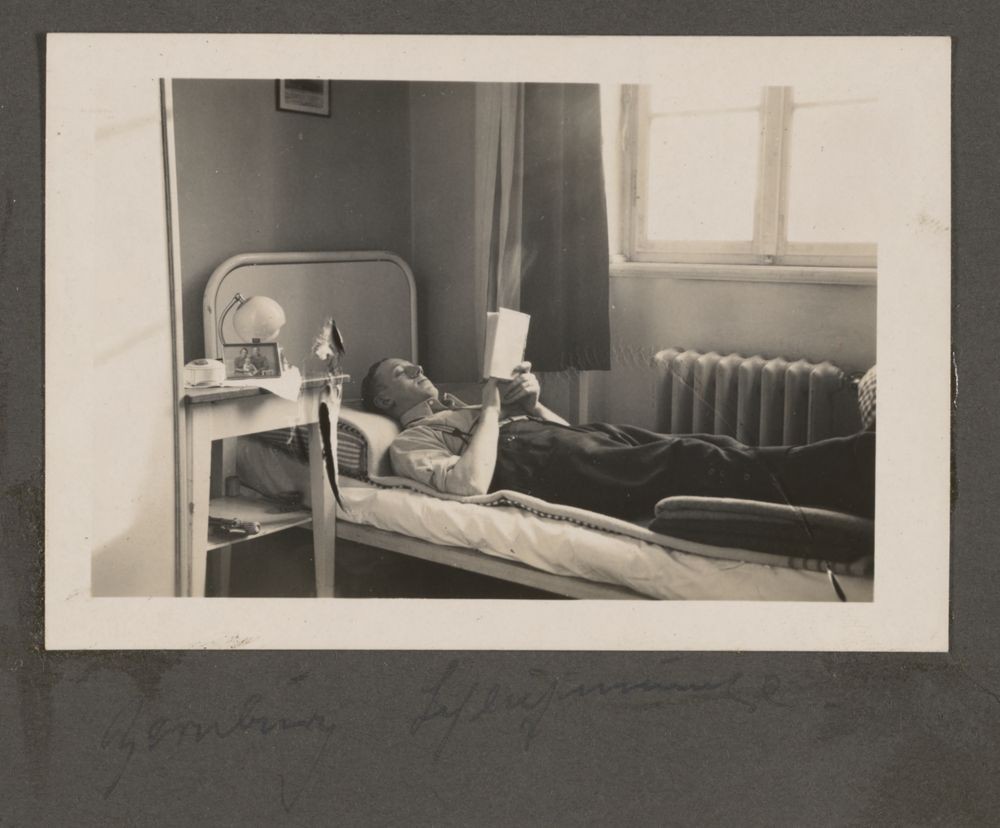
In the summer of 1943, gassing at Bernburg ceased, and the entire facility returned to its former function as a state sanatorium. This marked the end of the institution’s cooperation with Operation T4. Nevertheless, many of Bernburg’s male staff remained in the employment of the T4 organization, serving as German personnel in Belzec, Sobibor, and Treblinka, the killing centers of Operation Reinhard. T4 bureaucrat Gottfried Hering replaced Christian Wirth as the second and final commandant of Belzec. Erwin Lambert, who helped to construct Bernburg’s gas chamber, would lay the brickwork for the gas chambers at Sobibor and Treblinka. The deputy commandant of Sobibor, Johann Niemann, left behind photographs of his time at Bernburg. These images are now in the collection of the United States Holocaust Memorial Museum.
The most significant figure from Bernburg to transfer from Operation T4 to the camps of Operation Reinhard was its medical director Dr. Irmfried Eberl. Eberl became the first commandant of Treblinka. During his first five weeks at the killing center near Warsaw, 245,000 Jews were murdered in the Treblinka gas chambers. With the mounting transports, Eberl quickly lost control of the camp, and was soon dismissed for incompetence. In January 1948, American occupation officials held Eberl in connection with the murders at the Bernburg killing center. When the physician discovered that he was about to be identified as the commandant of Treblinka, he hanged himself in his cell.
Collections Highlight: The Sobibor Perpetrator Collection
In 2020, the descendants of Johann Niemann donated what is called The Sobibor Perpetrator Collection to the United States Holocaust Memorial Museum.
In addition to rare photographs of the Sobibor killing center, this collection contains over 360 black and white photographs and dozens of documents that chronicle Niemann's social background, his family, and his SS career.
The collection also traces Niemann’s career in the Nazi concentration camp system. Niemann worked at Esterwegen and Sachsenhausen. Also part of the T4 “euthanasia” program, he left behind several photographs of his time at Bernburg, Brandenberg, and Grafeneck. Niemann eventually rose in the ranks and worked at two Operation Reinhard killing centers, Belzec and Sobibor. In Sobibor, Niemann worked as the deputy commandant. He was killed during the Sobibor prisoner revolt on October 14, 1943.


